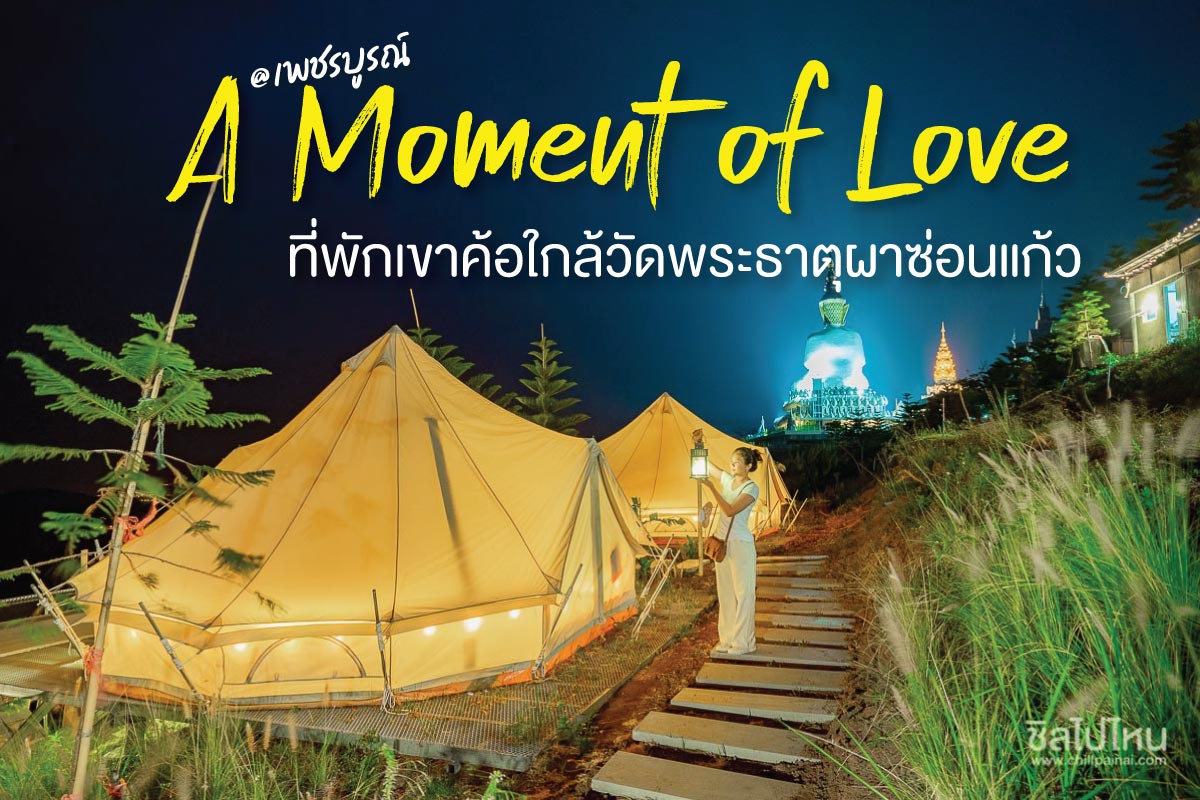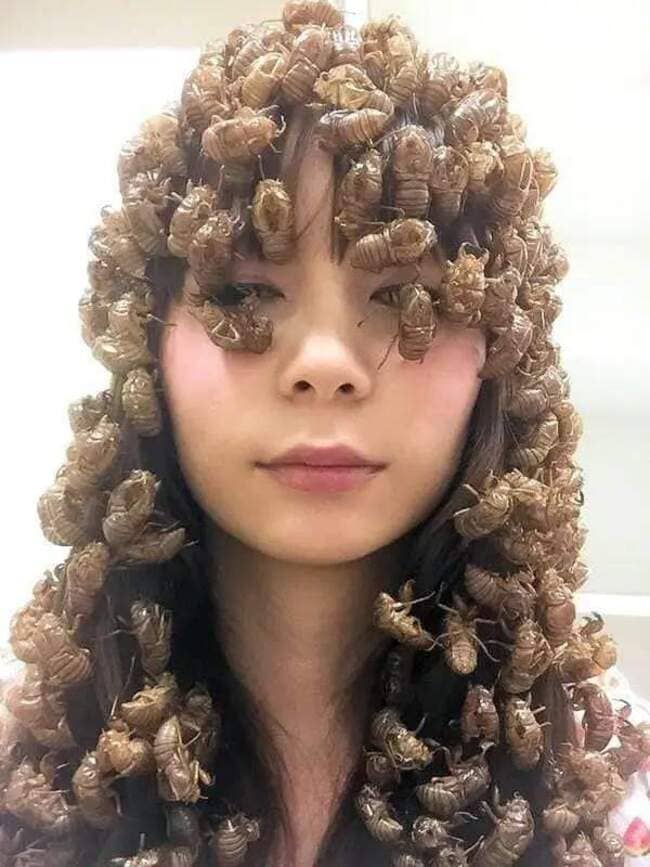
If your main heading needs a drop shadow, for example, use CSS for that rather than putting the text into an image. You should not put your text into images. In such cases you may, either, write it inside the same element, or inside the image's alt attribute – whichever works best in your case. If you put an image inside tags, to turn an image into a link, you still must provide accessible link text. How annoying would it be for a sighted user if all paragraphs were written twice in the main content? If the image is described adequately by the main text body, you can just use alt="". If your image provides significant information, provide the same information in a brief alt text – or even better, in the main text which everybody can see.

If the image isn't part of the content, a screen reader shouldn't waste time reading it. You should use CSS background images for decorative images, but if you must use HTML, add a blank alt="". In other words, what you lose if your image doesn't show up: What exactly should you write inside your alt attribute? It depends on why the image is there in the first place. This is especially common on mobile phones, and in countries where bandwidth is limited or expensive. Users have turned off images to reduce data transfer volume and distractions.You may want to provide text for search engines to utilize for example, search engines can match alt text with search queries.Some people still use text-only browsers, such as Lynx, which displays the alt text of images. The browser doesn't support the image type.As described above, the spelling of the file or path name might be wrong.In fact, having alt text available to describe images is useful to most users.




 0 kommentar(er)
0 kommentar(er)
